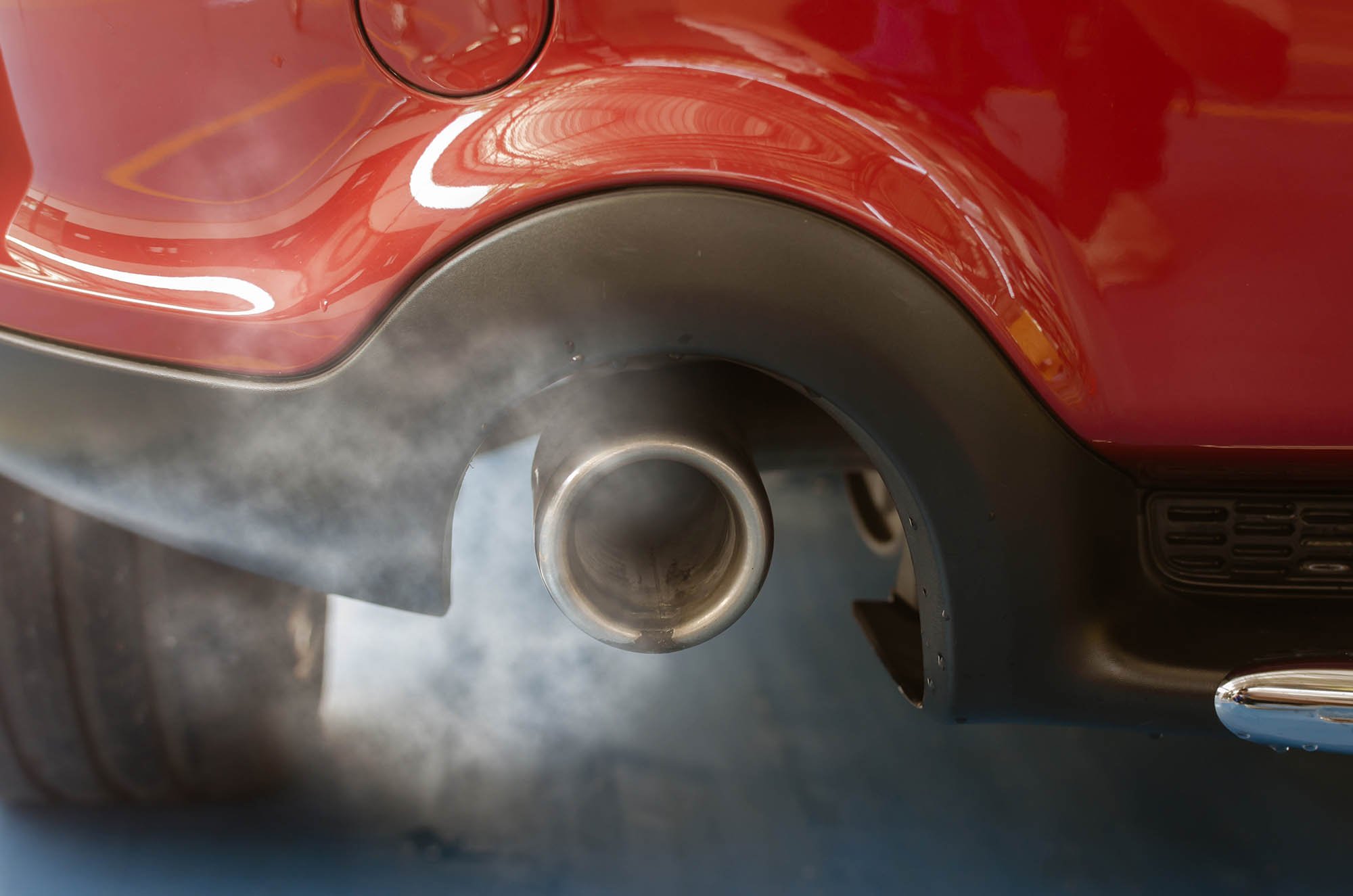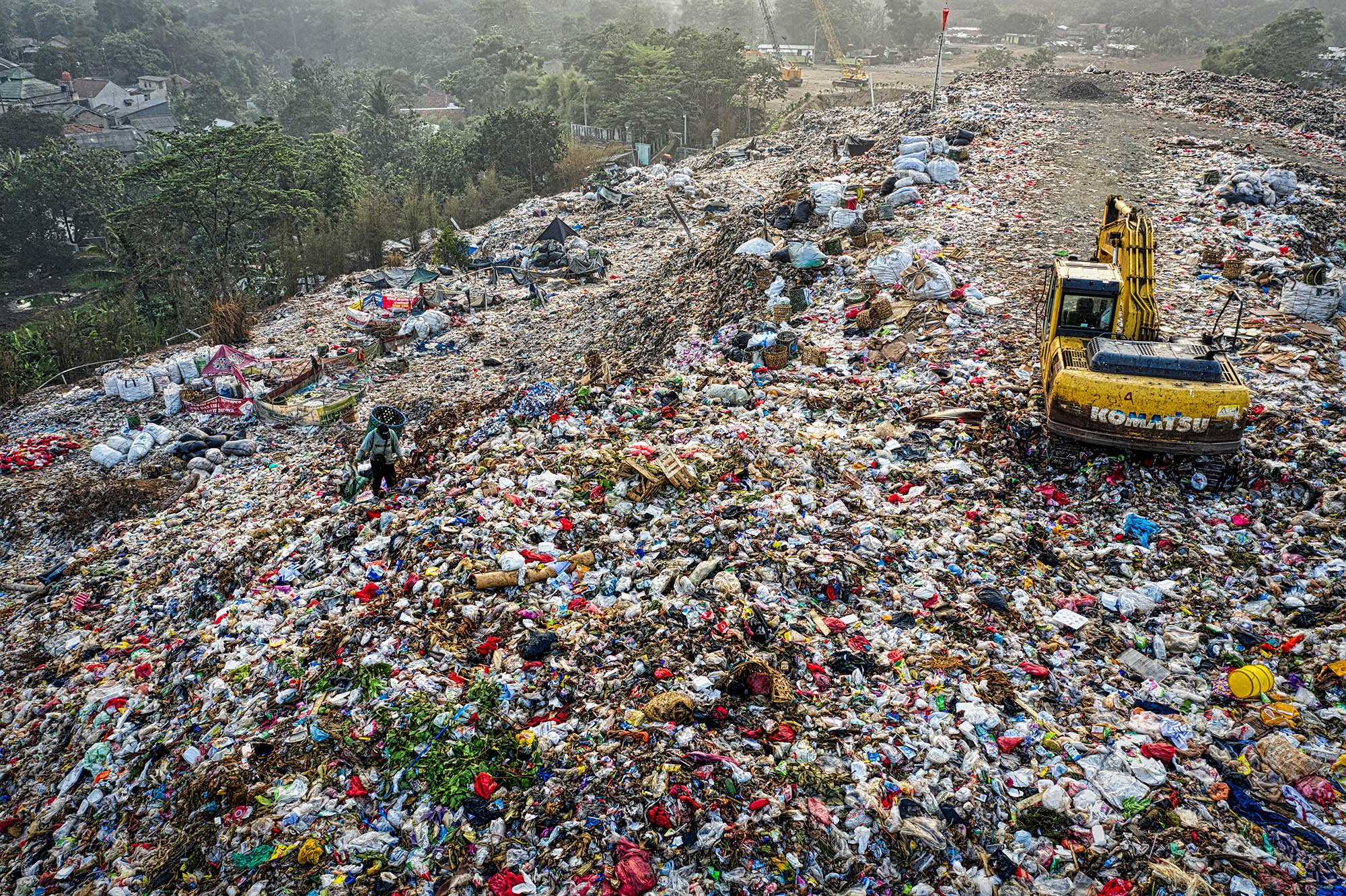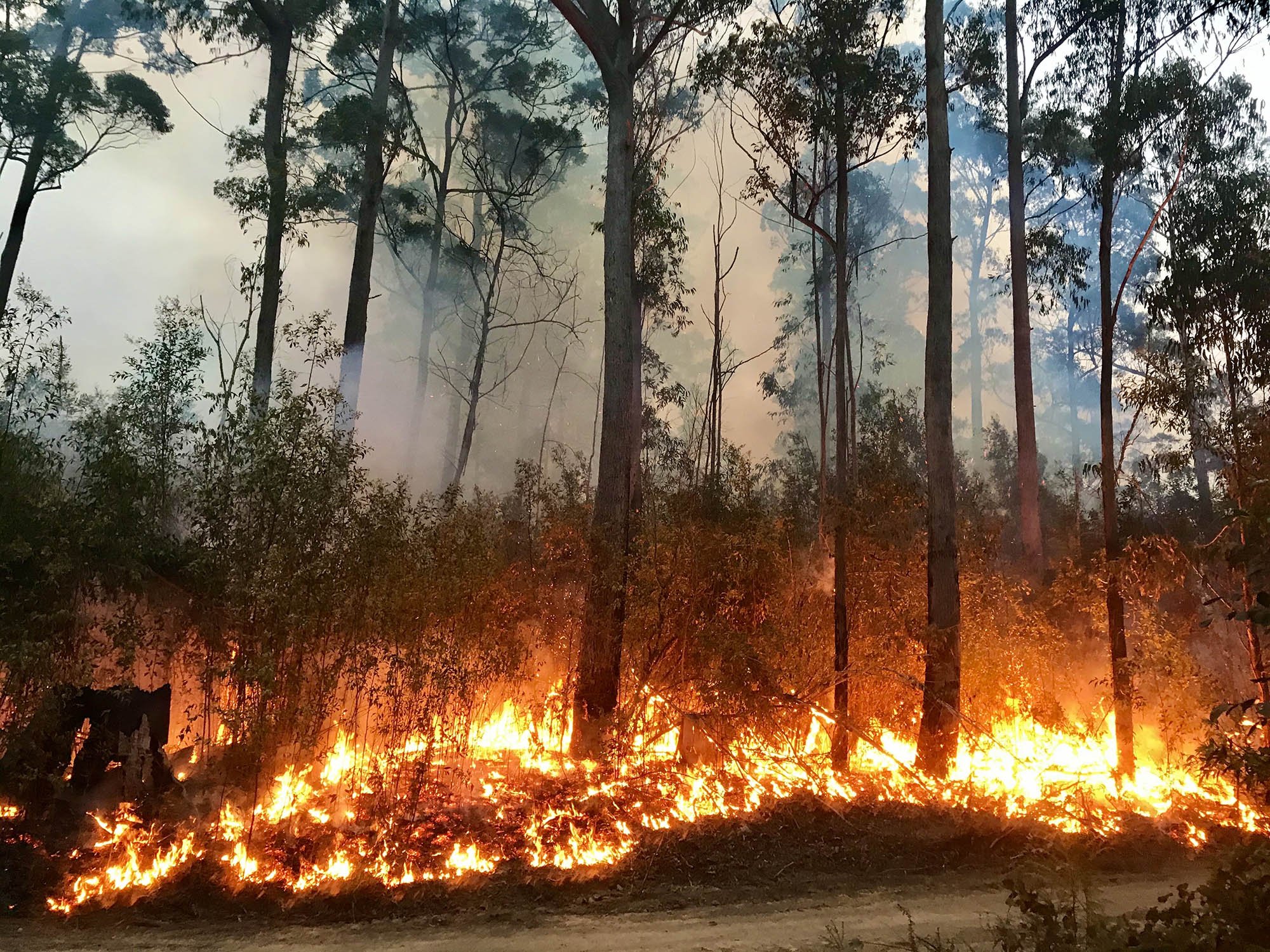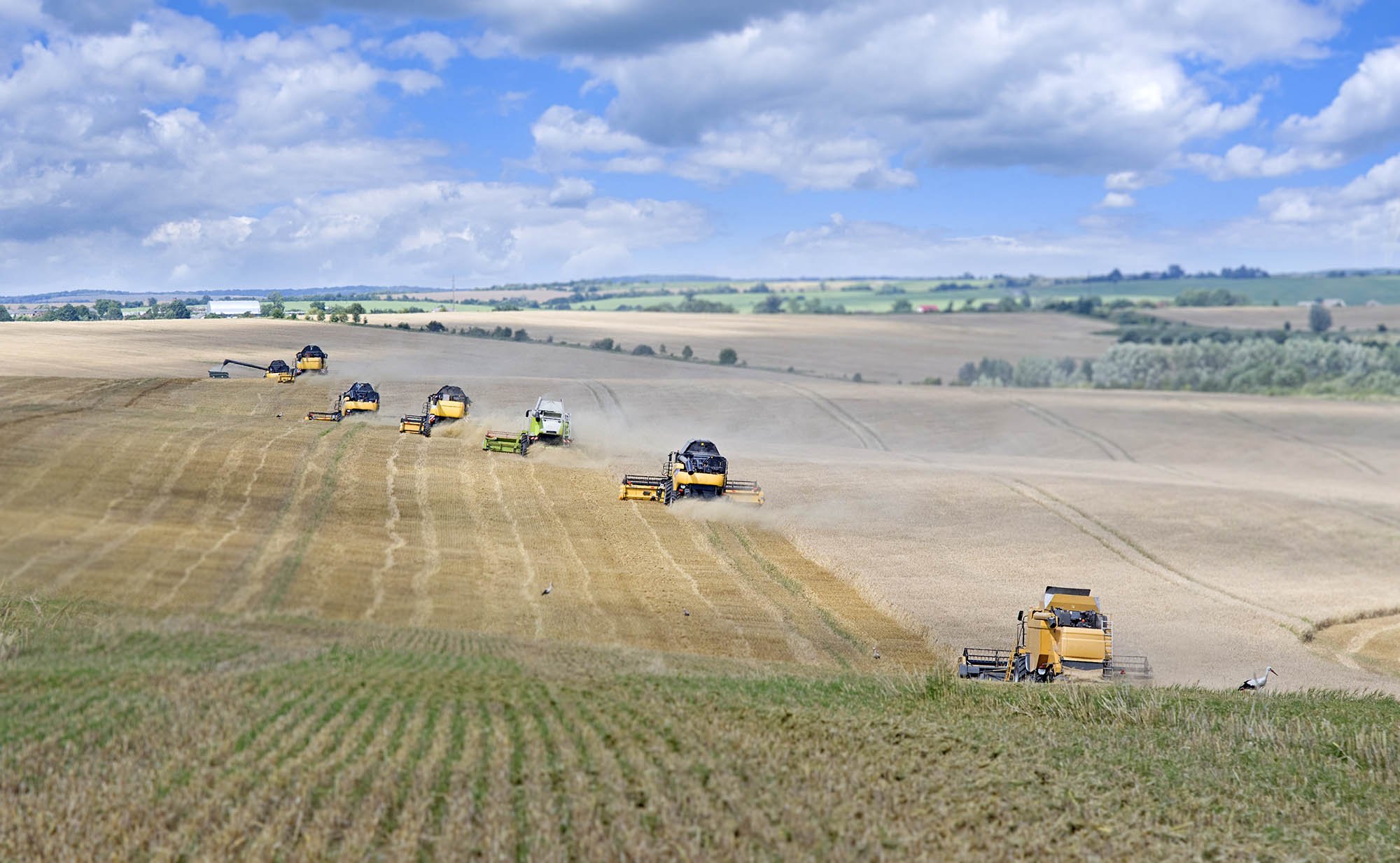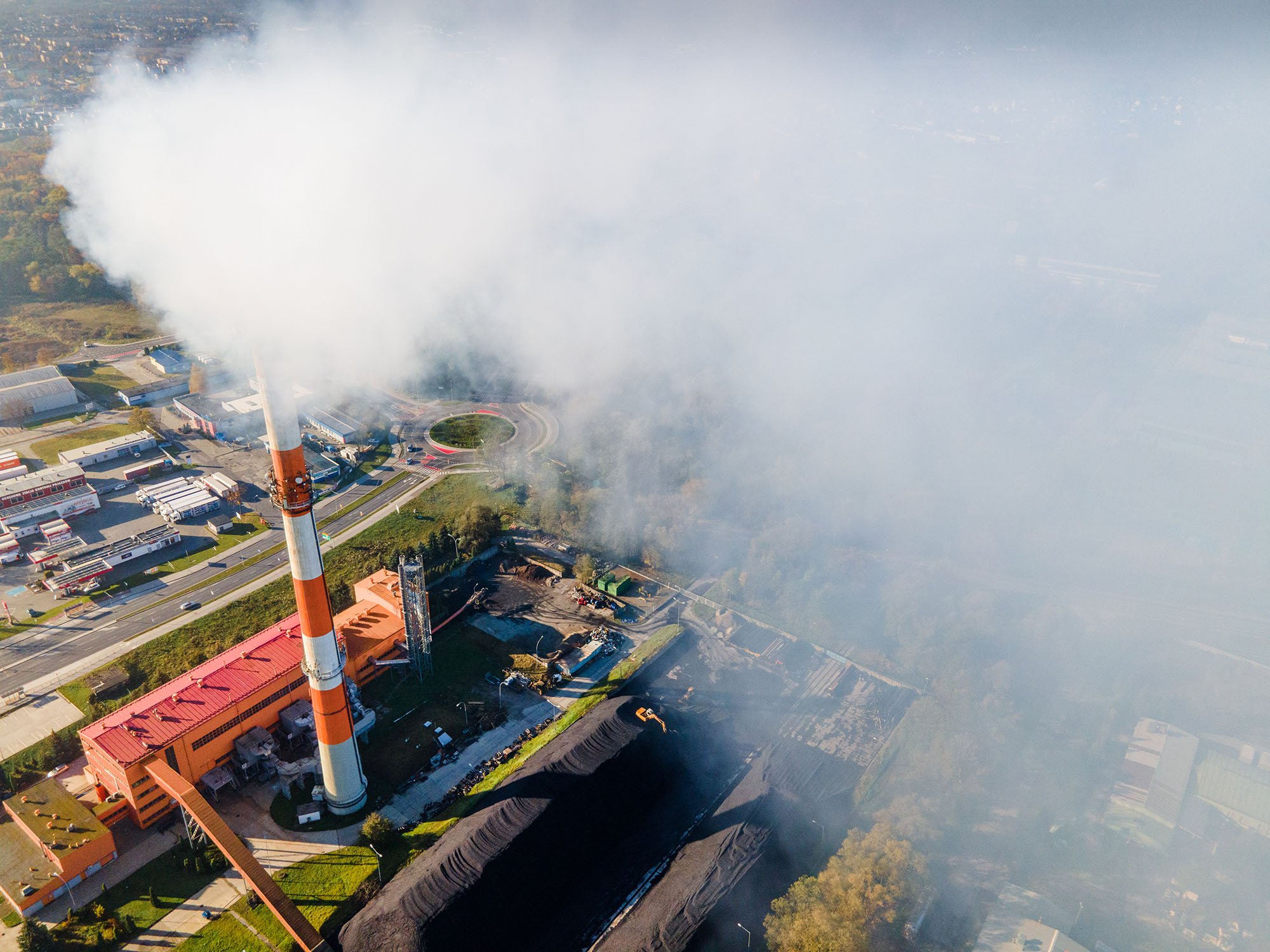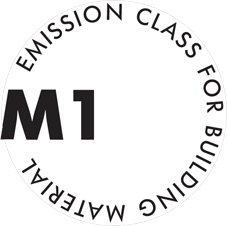
Air Quality
What Is The Problem?
Air pollution is a serious issue in many places today and has been found to have a significant effect on public health. In the UK, poor air quality is considered the largest environmental risk to public health.
Air pollution can come from many different sources. Most of it is created by people and takes the form of emissions from factories, cars, planes, and aerosol cans. These man-made sources of pollution are what is know as ‘anthropogenic’.
However, air pollution is also created by natural sources, such as wildfires and volcanoes.
Poor air quality is mostly likely to be found in large cities, as many different sources of pollution concentrate in these built up areas. Tall buildings can cause problems with air flow, producing build ups in pollution, resulting in smog.
It is in low income and developing nations that the issue of poor air quality tends to be worse. This is because they are more likely to have older or less efficient factories and homes, so more pollutants are released into the atmosphere.
The Causes
Air pollution is caused by a vast range of industries, waste management facilities and even natural events. Historically, air pollution problems developed in rapidly industrialising countries due to burning large amounts of fossil fuels, such as coal, for domestic and industrial purposes. In more recent years, it is traffic emission that pose the most significant threat to clean air. Both petrol and diesel-engine vehicles emit a variety of pollutants which have an increasing impact on urban air quality. All air pollutants can be transported over long distances and so affect animals and plants over a large range.
The way that we dispose of waste also affects air quality. Large levels of methane and carbon dioxide are produced when our waste decomposes in landfill sites. Check out our Waste Management page for more information.
Agriculture also plays a role in air quality. Arable farmers require machinery to plough, reap and sow the fields. Most agricultural machinery requires the burning of fossil fuels. Also, the ploughing, tilling and harrowing processes all damage soil structure which, in turn, affects air quality. Converting forested areas for other uses such as the production of palm oil is also having a negative effect on air quality. When deforestation occurs, huge amounts of carbon dioxide and methane are released into the atmosphere. Converting forests for palm oil production is releasing 500 million tonnes of carbon dioxide into the atmosphere every year. In Indonesia, 80% of their carbon dioxide emissions are as a result of deforestation. Check out our Deforestation page for more information.
Pollutants
Ozone generators:
Sold as air cleaners, they create ozone in your home. Breathing in these ozone particles can cause chest pains, coughing and shortness of breath, as well as lung damage. They can also make asthma worse, and increase the risk of lung infections.
Carbon Monoxide:
Released from fuel-burning stoves and heaters. This gas is odourless and colourless, so is impossible to notice without a detector. It is dangerous as it blocks the movement of oxygen around the body. It can cause anything from tiredness, headaches, dizziness and nausea, to death, if breathed in in large enough quantities.
Nitrogen Dioxide:
The product of natural gas and kerosene burning. Like Carbon Monoxide, it is colourless and odourless. It can cause irritation to the eyes, nose and throat, and can damage the lungs and increase respiratory infections.
Sulphur Dioxide:
Another product of kerosene combustion. Again it causes irritation to the eyes, nose and throat as well as the lungs.
The Effects
Poor air quality impacts not just people, animals and plants, but also entire ecosystems.
Impact On Humans
Exposure to air pollution can cause a range of health effects. The length of the exposure influences what type of effects the pollution has on the human body, and whether the effects are short or long-term.
Temporary effects can include irritation to the eyes, nose, throat and skin. Air pollution can also cause headaches, dizziness and nausea, as well as illnesses such as pneumonia or bronchitis.
Longer-term effects can last a lifetime, and can even lead to death. Poor air quality can cause heart disease, long cancer and emphysema. It can also cause damage to the brain, kidneys, and liver. Birth defects and lower reproductive rates have also been linked to air pollution.
It is estimated that nearly 2.5 million people a year die worldwide from the effects of air pollution.
Impact On The Environment
Air pollution has a range of effects on our natural world. When large quantities of pollutant particles collect together they can cause a haze. This haze can observe shapes and colours, and also muffle sounds, affecting the natural rhythms of the organisms living in that environment.
Air pollutants have a complex relationship with climate change. Some pollutants, such as black carbon and ozone, increase warming by trapping heat in the atmosphere, while others, such as sulphur dioxide forming light reflecting particles, have a cooling effect on the climate.
Air pollution is not just an issue that affects our air, it can also affect our water and land, as the pollution particles eventually fall down to earth.
Acid rain falls when sulphur dioxide and nitrogen oxide particles, two pollutants that are commonly produced by coal-fired power plants and cars, mix with water and oxygen in the atmosphere. When it falls to the ground, acid rain can change soil composition, which in turn damages crops and plants. It can also degrade water quality and cause buildings to decay. Take a look back at our Health of the Oceans entry for more information on how pollutants affect our marine environment.

Our Tip
Carbon Footprint Calculator - What is your diet’s carbon footprint? You can use this calculator to find out.
How You Can Help
There are many things that all consumers can do to help our marine environment:
Stay Local
You can cut down on car journeys by shopping locally and help even more by getting to those shops by walking or cycling. There are many benefits to shopping local, find out more in our calendar entry on Buying Local.
If you need to go further, try to combine trips so you are not covering the same ground multiple times. When travelling further, take public transport where possible, as this can reduce your CO2 emissions contribution by around 7 times that of travelling by car.
Change Your Commute
Whether you're going to work or to school, walking or cycling is a great way to start the day. Getting more exercise is great for everyone, but by adding physical activity to children's routines when they are young, they are more likely to be active when they grow up.
Car Share
If you’re taking repeat journeys to the same place, such as work or school, see if you can share your journey with other people. This can not only reduce emissions, but is a great way to enliven a repetitive trip.
Maintain Your Car
If you need to keep your car, here are some tips on how to lower its impact:
Get it regularly serviced, this way you can ensure it is running efficiently and not producing excess pollution.
When it’s time to get a new car consider switching to a greener alternative. Avoid diesel if you can.
Keep your tyres properly inflated. This will improve mpg, so reduce the amount of fuel you are using.
Turn off your can when you are waiting in traffic. This not only saves fuel, but also reduces the pollutants you are releasing into the air around you.
Increase The Greenery In Your Area
Planting trees and greenery in your neighbourhood can help improve the long-term air quality of your area, as plants help clean the air by consuming CO2.
Change To Renewables
As we have discussed, air pollution is not just something that is created by industry, residential air pollution is also a big concern. By switching your home energy to a renewable supplier, you can help reduce the amount of pollution your home creates. Check out our calendar entry on Renewable Energy for more information.
Another way to reduce your home's contribution is to check to see how energy efficient it is. Anyone can get an Energy Performance Certificate for their home. It will show you where you can make changes to your home to make it more energy efficient.
Reduce Your Meat & Dairy Consumption
Whilst not obviously linked to air pollution, our consumption of dairy and meat does make a bigger contribution than we think. It has been found that animal agriculture is actually one of the biggest producers of air pollutants. Farming of cattle and dairy herds are responsible for a large proportion of the ammonia emissions we see.
Stop Or Burn Less At Home
Residential burning is now the largest contributor to the UK’s particulate matter emissions. Burning solid fuels, such as coal or wood, in an open fire or stove, has a significant impact on air quality. By reducing the amount you burn at home, and switching to eco logs, you can help reduce residential contribution.
Reduce Palm Oil Usage
As we saw in our calendar entry on Palm Oil, deforestation due to converting forests to palm oil production releases around 500 million tonnes of carbon dioxide into the atmosphere every year. By switching to products that use palm oil alternatives, or sustainable palm oil you can help improve global air quality.
Shop Sustainably
Deforestation is a significant contributor to the carbon dioxide emissions produced in the forestry and agricultural industries. As such, where possible, buy products that are recycled or reused. This reduces the use of virgin materials, reducing the need to cultivate new land, as well as reducing the emissions that are released when new products are produced.
For more information on shopping sustainably visit our entries on Fast Fashion and Buying Local.

Our Tip
Palm Oil Free List - View this useful list to find out if products you buy are made with palm oil.
Useful Symbols
UK Fuel Economy Label
The Low Carbon Vehicle Partnership's voluntary label shows how much of the greenhouse gas carbon dioxide a vehicle emits and relates that figure to the vehicle tax that must be paid.
BRE Global Certified Environmental Profile
Environmental profiles measure the impacts of a construction material, product or building system throughout its life – not only during its manufacture, but also its use in a building over a typical building lifetime. This includes its extraction, processing, use and maintenance and its eventual disposal.
BREEAM (BRE Environmental Assessment Method)
BREEAM is an environmental assessment method for buildings around the world. BREEAM provides clients, developers, designers and others with market recognition for low environmental impact buildings, assurance that best environmental practice is incorporated into a building, inspiration to find innovative solutions that minimise the environmental impact and a benchmark that is higher than regulation.
Indoor Air Comfort
Eurofins "Indoor Air Comfort" product certification is an innovative tool for showing compliance with low VOC emission requirements from construction products and furniture of all relevant European specifications on two levels:
Standard level "Indoor Air Comfort - certified product" shows compliance of product emissions with all legal specifications issued by authorities in the European Union.
Higher level "Indoor Air Comfort GOLD - certified product" shows compliance of product emissions with the voluntary specifications issued by all relevant ecolabels and similar specifications in the EU.
M1 Emission Classification of Building Materials
The aim of the classification is to enhance the development and use of low-emitting building materials so that material emissions do not increase the requirement for ventilation. The classification presents requirements for the materials used in ordinary work spaces and residences. For air-handling components there is a separate Cleanliness Classification of Air-handling Components.
Useful Links & Further Information
Click the title below for further information.
-
This useful real time world map shows you the current air quality in towns and cities all over the world. The data is coming from air quality monitoring stations that are using high-tech laser particle sensors to measure in real-time PM2.5 pollution, which is one of the most harmful air pollutants.
-
Explore the air quality anywhere in the world. There is a 7-day forecast for the area you live and an animated 3D Air Quality Map to show pollution levels around the world.
-
Air pollution can affect everyone’s health. It’s even more of a worry for people living with a lung condition, older people and children as their lungs are more vulnerable. The British Lung Foundation’s website has a range of information about indoor and outdoor air pollution and what you can do to minimise the impact.



